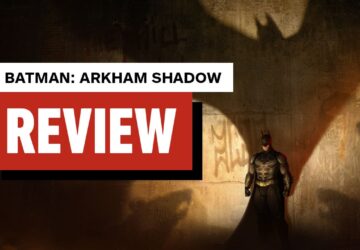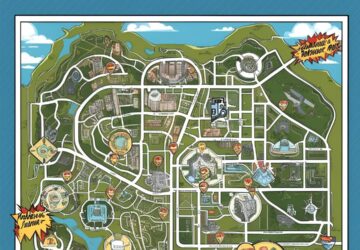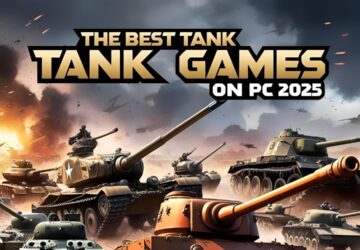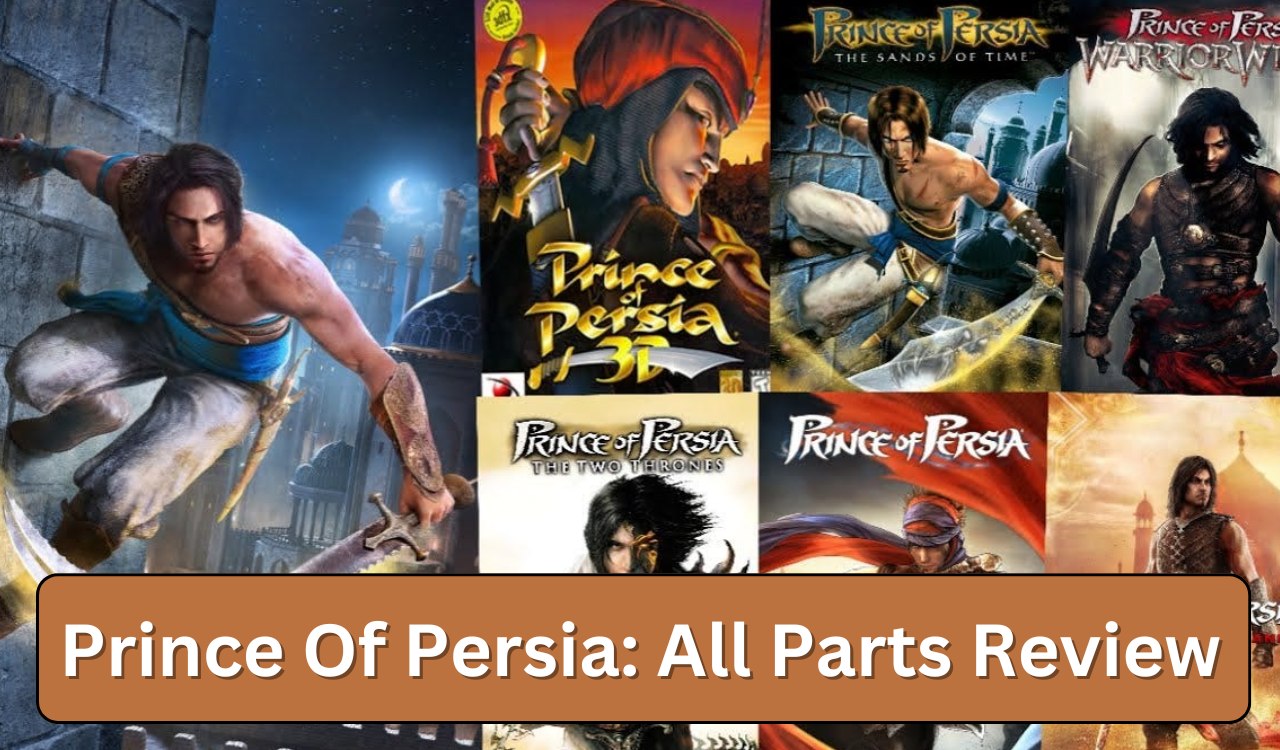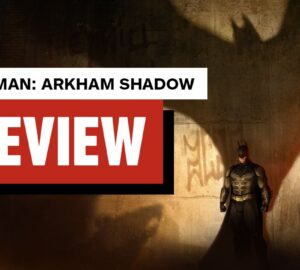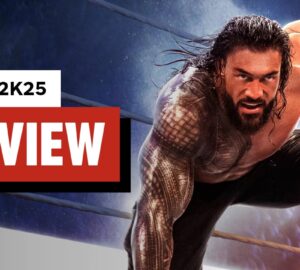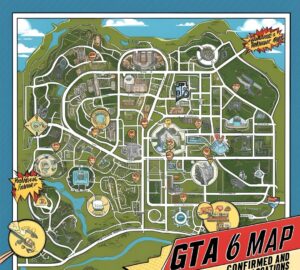During the 1990s and 2000s, one of the most popular video game franchises was the Prince of Persia series. But in the 2010s, the franchise took a hit, and publisher Ubisoft shifted its attention to the Assassin’s Creed series as the preferred game for players seeking a mix of fighting and parkour.Prince of Persia: The Lost Crown, the series’ return, has created quite a stir.
Prince of Persia 3D (1999)
With the release of games like Gran Turismo 2, Silent Hill, Super Smash Bros., and others, 1999 was a fantastic year for gamers. Prince of Persia 3D was at the other extreme of the spectrum. The series was experimenting with the third dimension at the time, just like a lot of other games. Controls, however, were a major issue. Tank controls were used by the game developers, which is not what you would expect from a combat and tight platforming game.
Prince of Persia (1989)
An important turning point in gaming history was the first Prince of Persia. Although there was no lack of platformers in 1989, Jordan Mechner, the series’ designer, took a novel approach. He animated the characters’ actions via rotoscoping. Using this method in 2D animation made for incredibly lifelike movements. In many respects, this opened the door for contemporary motion capture-based animation in video games. The gameplay was a bit sluggish, but the plot and sound design were excellent. To be honest, putting this one so low hurts a little, but it’s a hint that the franchise will only get better from here.
Prince of Persia 2: Shadow and Flame (1993)
Shadow and Flame, the game’s successor, improved almost every aspect of the original. Combat has increased, and players now have to contend with more adversaries. Additionally, the graphics were improved with more depth and level backgrounds. The riddles were considerably more difficult, but the platforming stayed the same. Fortunately, the game allowed for endless lives, which reduced the frustration.
Prince of Persia: The Sands of Time (2003)
This is the game that introduced parkour to many children worldwide and made the series a cultural phenomenon. The game was fantastic for more reasons than only its parkour-based traversal/combat features, which were novel and distinctive. The time feature, which allowed players to go back in time and try again after failing, was also implemented. The monotony of constantly loading the game was eliminated.
Prince of Persia: Warrior Within (2005)
Characters in video games, such as Shadow the Hedgehog, Dante, and others, had to be “edgy” by the middle of the 2000s. After making his debut in The Sands of Time, the Prince also received a more “edgy” makeover. More titillation was combined with more severe gameplay in Warrior Within. He lost a lot of his charm because of this emphasis on an edgier prince, even though the fighting was amazing and perhaps the greatest in the series. I feel second-hand shame when I think back on the game, just like when I think back on my Orkut posts.
Prince of Persia: The Two Thrones (2008)
By having the protagonist battle his “inner demons,” The Two Thrones, the sequel to Warrior Within, attempts to revive the “charming rogue” persona for which the prince was arguably most famous. Additionally, the option to wield two swords was eliminated, and a new whip-like weapon known as a Daggertail—which could also be used for traversal—was introduced. At the expense of length, the plot was also more succinct and captivating overall.
Prince of Persia (2008)
After the Sands of Time trilogy was finished, Ubisoft relaunched the franchise with a new protagonist and several gameplay adjustments. A brand-new game mechanic that used an AI partner, Elika, took the place of the time-based powers. When the player missed a jump or went into a trap, she would utilize her ability to save the prince, proving that she wasn’t only there for the story. On the other hand, because the player effectively had infinite lives, this made the game a bit too simple.
Prince of Persia: The Forgotten Sands (2010)
The Prince of Persia 2008 relaunch was immediately followed by the release of the Forgotten Sands game, which managed to mess up everything. It featured the prince from that trilogy and took place between Warrior Within and the Sands of Time. But it was only mediocre and not as good as those games. Not only did it diminish the introduction of the new prince in the reboot, but it also damaged the reputation of that game by providing a plot that no one requested. Ubisoft would not put its trust in the series and release a new Prince of Persia game for another 13 years.
Prince of Persia: The Lost Crown (2023)
The newest game in the series, Prince of Persia: The Lost Crown, is maybe the best one to date. This 2.5D platformer blends features of contemporary gameplay with nostalgia for the series’ early years. “Combat is fluid, traversal is slick, and the game will keep you at the edge of your seat for the majority of the gameplay experience,” according to our review. What more could a game possibly offer?
Conclusion
With its exciting Metroidvania interpretation, “Prince of Persia: The Lost Crown” breathes new life into the brand. It offers smooth, responsive gameplay and sophisticated level design in a bright setting with Persian influences. Even while some late-game pacing flaws and small graphical errors marginally detract from the overall experience, its crisp combat, demanding platforming, and engaging exploration, along with a rich tapestry of lore, make it a notable entry.
